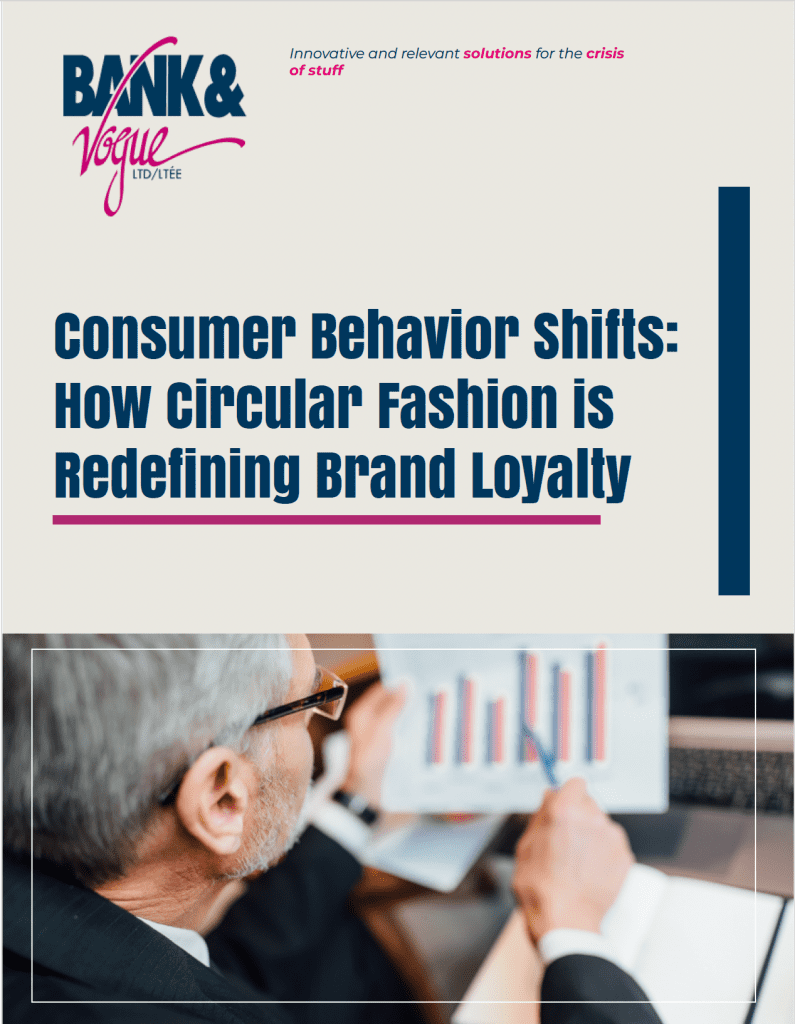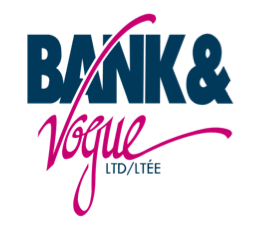The fashion industry is being reshaped by environmental imperatives, consumer values, and regulatory changes. Traditional drivers of loyalty—price, prestige, and quality—are now being overtaken by sustainability, transparency, and circularity.
By 2025, eco-conscious consumers are no longer a niche; they are reshaping the mainstream. Circular models such as resale, repair, and upcycling are at the heart of this transformation. This white paper explores how sustainability and circular fashion are redefining brand loyalty in 2024–2025 and outlines what brands must prepare for as new rules and expectations emerge in 2026.
Consumer Behavior Shifts in 2025
1. Values-Driven Purchasing
- Generational impact: Around 64% of Gen Z and 63% of Millennials say they are willing to pay more for sustainable products, compared to less than half of older generations .
- Price vs. values: While cost sensitivity remains, younger cohorts justify higher spending if sustainability is measurable and authentic.
2. Preference for Circularity
- Resale: The global resale market is on track to reach $350 billion by 2028, growing much faster than traditional retail .
- Rental: Rental fashion is experiencing a second wave. Companies like Nuuly and Rent the Runway are regaining growth by using machine learning for better inventory and personalization.
- Upcycling: From small artisans to luxury houses, upcycled fashion has shifted from a niche to a mainstream innovation channel.
3. Transparency and Accountability
- Digital Product Passports (DPPs) are advancing in the EU. The Ecodesign for Sustainable Products Regulation (ESPR) came into force in July 2024, and textiles are among the priority categories in the 2025 Working Plan. Binding rules are expected from 2026 onward, with phased compliance through 2030 .
- Verification demanded: Greenwashing risks are rising. Brands must provide quantifiable data, not just pledges.
Redefining Brand Loyalty in Circular Fashion
From Transactions to Shared Values
Loyalty today rests on alignment with consumer ethics, not just repeat purchases. Customers are increasingly committed to brands that reflect their environmental and social values, and reward those that provide meaningful circular alternatives.
Circularity as Loyalty Builder
- Beyond Retro: Through its curated vintage collections, Beyond Retro has cultivated a loyal following of consumers who see vintage clothing as both sustainable and stylish. Programs such as the Beyond Retro Exchange encourage customers to participate in recommerce by trading in garments, creating repeat engagement through circular practices.
- Bank & Vogue Holdings (BVH) partnerships: BVH works with major global retailers to build recommerce, repair, and upcycling solutions at scale. By integrating these programs into existing business models, BVH helps brands strengthen consumer trust and build long-term loyalty based on authentic sustainability action.
- Bank & Vogue wholesale solutions: By supplying high-quality secondhand textiles worldwide, Bank & Vogue empowers resellers and retailers to meet consumer demand for circular products, reinforcing their own brand credibility with eco-conscious shoppers.
Premium & Vintage Loyalty
Just as authenticated resale is redefining exclusivity in the luxury market, Beyond Retro’s curated vintage collections demonstrate that secondhand can carry both status and sustainability. Shoppers value the uniqueness, heritage, and authenticity of vintage pieces—qualities that foster deep emotional connections and long-term loyalty.
Personalization & Storytelling
Consumers increasingly seek connection to product journeys—from recycled fibers to garment repair. Unique drops, repairs, and “upcycled editions” foster loyalty through narrative.
How Brands Can Leverage Circular Economy Principles
- Embed Resale, Rental, and Repair as core offerings.
- Invest in upcycling pipelines to reduce waste and create unique value.
- Adopt transparent impact reporting and digital tools such as DPPs and QR-based product tracking.
- Form cross-sector collaborations with recyclers and wholesalers to secure supply and credibility (e.g., Bank & Vogue’s partnerships across reuse channels).
Looking Ahead: 2026
- EU Digital Product Passport rollout
- Binding rules for textiles are expected in 2026–2027, with phased compliance into the 2030s. Early movers will gain trust and market advantage.
- California Climate Rules Take Effect
- With SEC rules stalled in litigation, California SB 253 and SB 261 will set the U.S. baseline. Scope 1 and 2 reporting begins in 2026; Scope 3 from 2027 .
- Regionalized Supply Chains
- Ongoing disruptions in the Red Sea (since late 2023) are prompting brands to accelerate nearshoring in the Americas and EU .
- AI & Robotics in Sorting
- AI-powered textile sorting and material recognition are scaling, making circular flows more efficient and commercially viable.
- Microfiber & Pollution Policies
- France now requires microfiber filters on all new washing machines (2025), and more EU states may follow by 2026 .
- France now requires microfiber filters on all new washing machines (2025), and more EU states may follow by 2026 .
Conclusion: Bank & Vogue’s Role in Sustainable Brand Loyalty
Bank & Vogue continues to play a pivotal role in helping brands meet eco-conscious expectations by:
- Supplying high-quality secondhand and vintage textiles.
- Supporting upcycling and repair-driven innovation.
- Partnering with retailers to integrate resale and repair models.
For brands seeking to future-proof loyalty, Bank & Vogue offers not just supply, but a bridge to authentic circularity—helping partners align with the values of 2025’s eco-conscious shoppers while preparing for the stricter regulatory and consumer demands of 2026 and beyond.








